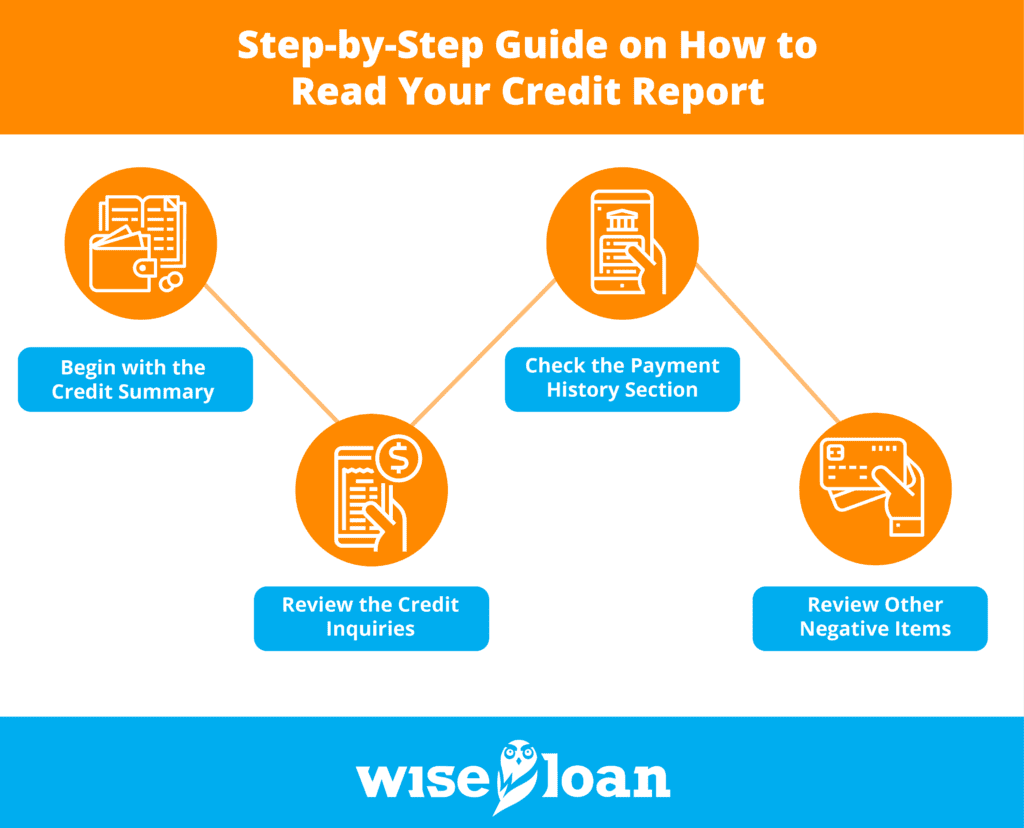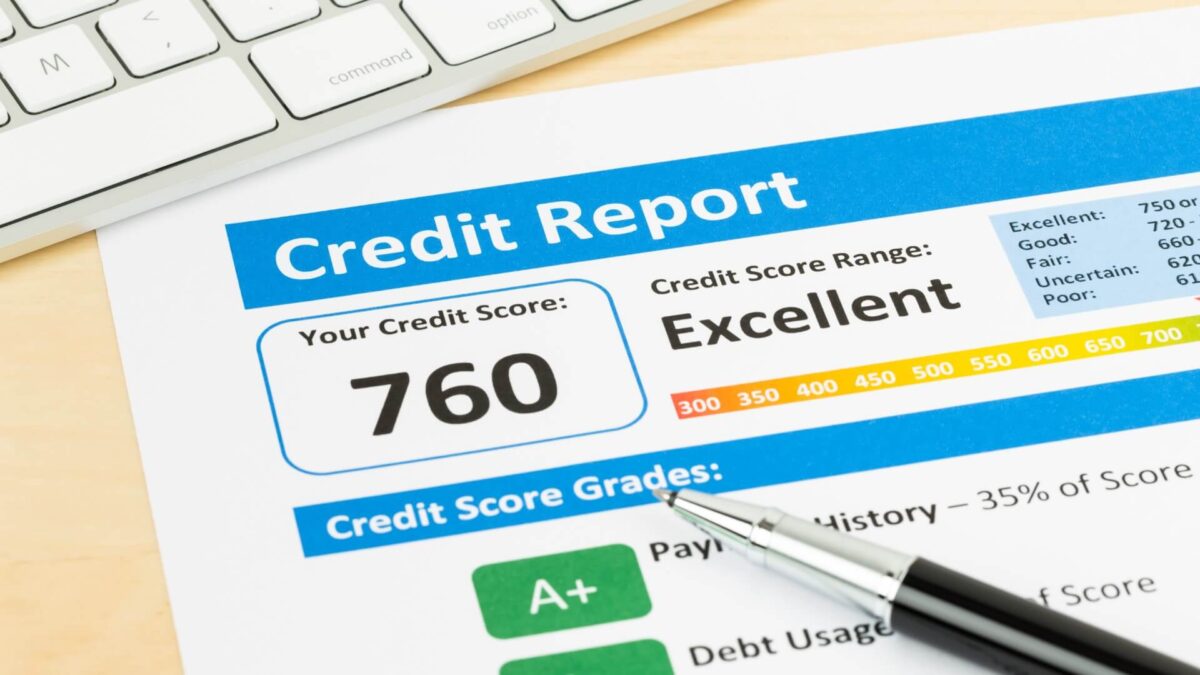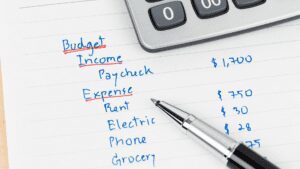Deciphering a credit report may seem intimidating, but it’s crucial for managing your financial health. Follow this straightforward guide to navigate your credit report effectively.
Step-by-Step Guide on How to Read Your Credit Report
- Begin with the Credit Summary
The credit summary, also known as the identifying information section, contains vital details like your name, current address, date of birth, and possibly your Social Security number. Ensure that all information is accurate and pertains specifically to you. Even a small mistake, like an incorrect date of birth, can impact your credit approvals in the future. Similarly, watch out for addresses where you’ve never lived, as they might signal a mix-up in credit data or identity theft.
- Review the Credit Inquiries
Examine the section displaying the entities that have accessed your credit information. Pay close attention to hard inquiries, as they can slightly lower your credit score. Businesses must obtain your permission before making a hard inquiry. If you spot an unauthorized hard inquiry, you can dispute it to have it removed from your report. Also, look out for soft inquiries, which do not require your consent. While you can’t dispute these, an unusual number of soft inquiries might indicate potential identity theft.
- Check the Payment History Section
Here, you’ll find the history of your current accounts, including payment patterns and outstanding balances. Ensure that all information is accurate. If you spot any inaccuracies, write a dispute letter to the credit bureau, requesting an investigation and correction of the data. Remember, your payment history influences your credit score, so it’s crucial to keep it in good shape.
- Review Other Negative Items
The final major section lists any negative items, such as public records, collections accounts, or bankruptcies. Ideally, this section should be empty, but if there are entries, verify their accuracy.

Understanding Credit Report Codes
Decoding credit report codes can be daunting. Familiarize yourself with some important codes:
– C: Account is closed.
– F: Indicates a negative issue, like foreclosure or collections.
– Payment status codes (e.g., 01, 02, 03, 04, 05) indicate whether payments were made on time or were past due.
– Other codes like 09 (account charged off) or 08 (security on the loan repossessed) represent specific circumstances.
Steps to Take After Reading Your Credit Report
After examining your credit report, you may want to take action:
- Dispute Inaccurate Information
Around 20% of adults have errors on their credit reports. If you find mistakes on yours, you have the right to dispute them under the Fair Credit Reporting Act (FCRA). Gather supporting documents, write a letter to the credit bureau explaining the inaccuracies, and include a copy of your credit report with the errors highlighted. The bureau must investigate and respond within 45 days.
- Improve Your Credit
If your credit report is accurate but your score needs improvement, take proactive steps:
– Pay your bills on time to enhance your credit history.
– Reduce high credit card balances to improve credit utilization.
– Minimize hard inquiries to prevent further score reductions.
– Consider opening a credit-building loan account or new credit card to diversify your credit mix.
Remember, improving credit is a gradual process that requires consistency and patience.
- Apply for a Loan
Understanding your credit helps you research and select suitable loan options. Regardless of your credit score, Wise Loan may be able to assist you with various loan options. The application process is quick and easy, taking only five minutes, and we may offer loans without checking your credit.
Take control of your financial future by learning to read your credit report and making informed decisions to manage your credit effectively.
The recommendations contained in this article are designed for informational purposes only. Essential Lending DBA Wise Loan does not guarantee the accuracy of the information provided in this article; is not responsible for any errors, omissions, or misrepresentations; and is not responsible for the consequences of any decisions or actions taken as a result of the information provided above.











